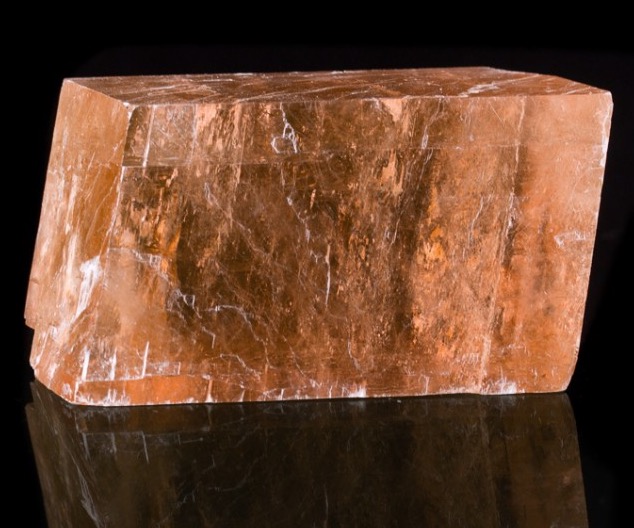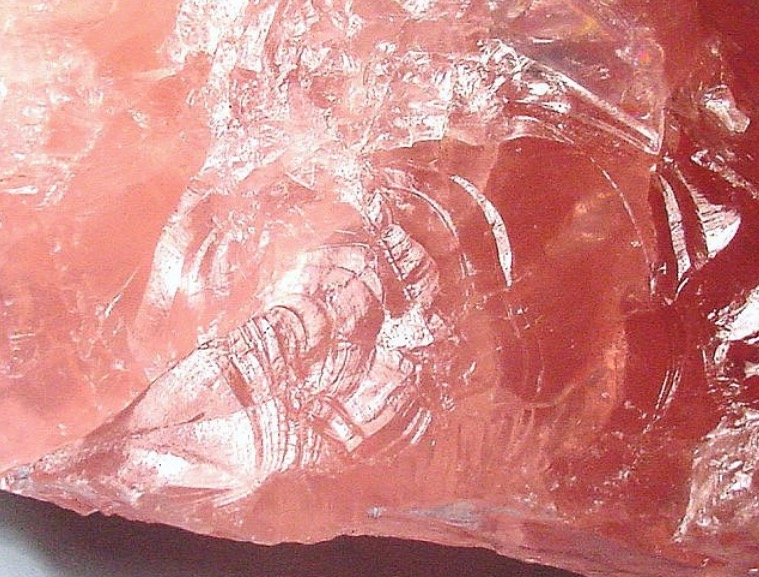USE OF CRYSTAL FORMS AND HABITS IN MINERAL IDENTIFICATION

The atoms within the crystal of a mineral are arranged in a regular fashion to form a lattice, and the crystal exhibits a shape with surface regularity which reflects its internal symmetry[Ref1]. The shape of a crystal is often typical of a mineral. and often typical the location where found; thus, crystal shape comprised of crystallographic forms modulated by crystal habit can be a useful tool in mineral identification.
USES OF CLEAVAGE, PARTING, AND FRACTURE IN MINERAL IDENTIFICATION

Cleavage in a mineral is the tendency for the crystal to split along definite crystallographic planes as exemplified by the rhombohedron cleaved from a calcite crystal shown in Figure 1[Ref1]. These planes of weakness are present within a regular repeating array of atoms and ions within the crystal and are always parallel to a potential face of the crystal.
FRACTURE IN MINERAL IDENTIFICATION

Fracture in mineralogy is the texture and shape of the surface formed when the mineral is fractured. Fracture differs from cleavage and parting, which involve clean splitting along a plane surface, as it produces rough irregular surfaces [Ref1]. The appearance of fracture surfaces among minerals is highly varied and is a useful tool in identification. In this part of my Blog I’ll describe the fracture surfaces broadly seen in minerals.
HARDNESS: A MECHANICAL PROPERTY OF USE IN IDENTIFYING MINERALS
Along with the colors and crystal forms of minerals, their mechanical properties such as the hardness. tenacity, and habits of structural failure can be very useful tools in identifying an […]
Need Help Identifying These Specimens
What Are You Curious About? I am from Wisconsin, staying in Winslow with girlfriend who is a nurse.. I just became interested in rocks and minerals and need help identifying […]
What is the Difference Between a Rock and a Mineral?
According to the USGS website, “A mineral is a naturally occurring inorganic element or compound having an orderly internal structure and characteristic chemical composition, crystal form, and physical properties”. “A […]

